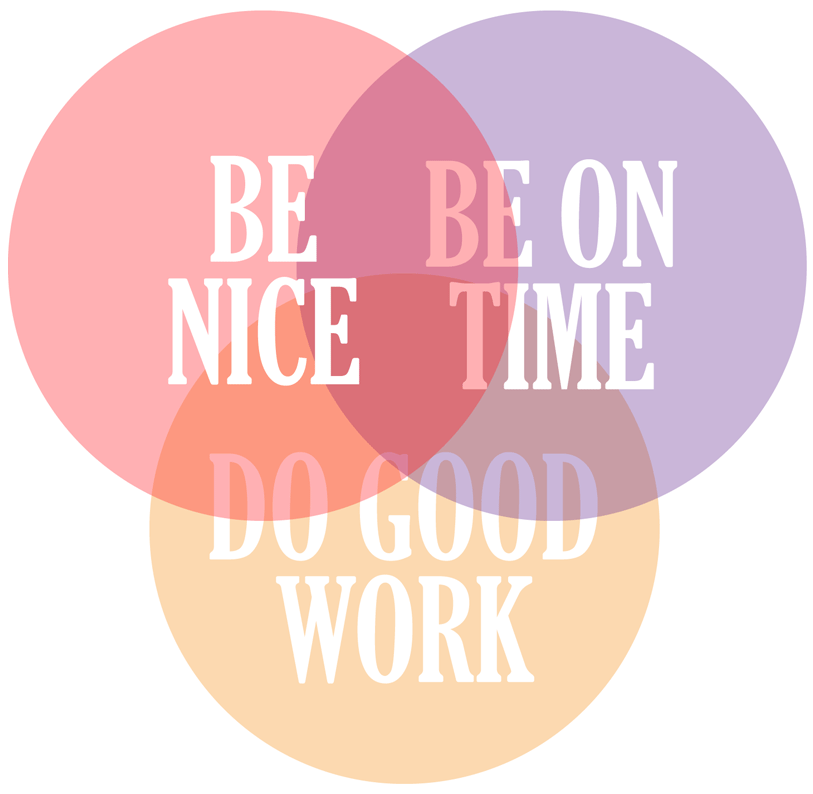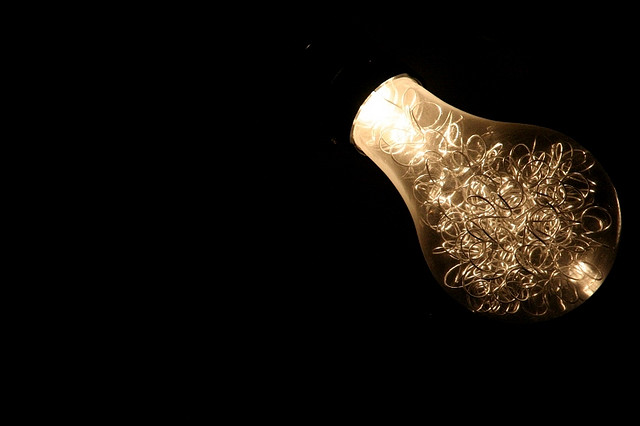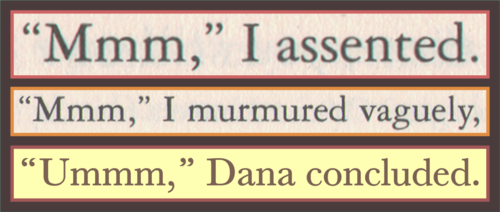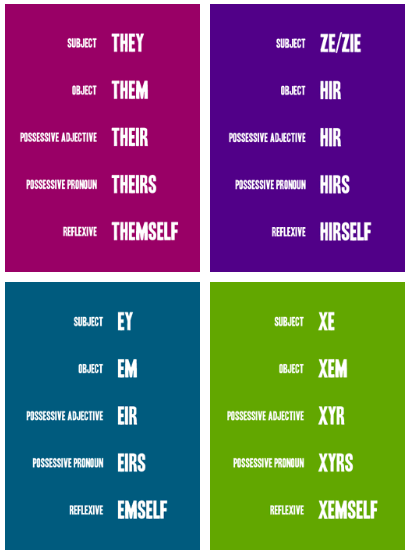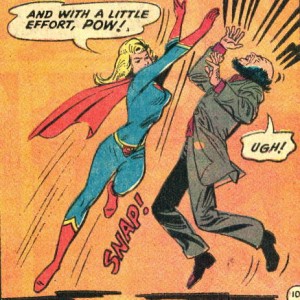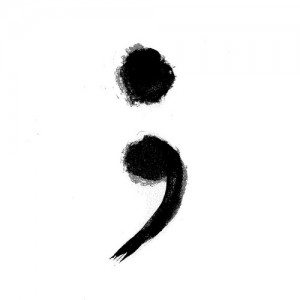Most of you have heard/read the news that I have been hired on to Intel’s Mobile Communications Group (MCG), if not, tada! Needless to say, this means big changes for me, my freelancing career, and all the other little things that I have gotten used to. Like sleeping in, and hanging out with my kid all week.
I still plan on taking freelance gigs as they come up, especially the smaller ones that don’t take all that much time. Any longer gigs, I can pass on to one of my amazing Copywriter Conclave members. In addition to great monthly meetings, and an awesome network, the Conclave is putting on an Author Event later this summer. We have invited freelance guru, Peter Bowerman, the author of the Well-Fed Writer books, to come to Portland for a talk. I have read all of his books, and can honestly say they are incredibly helpful. If you want to be put on the list for information and an invite to the event, email me at: dylanbenito@gmail.com. We would love to have you.
One of the things I look forward to working at Intel, is being on a team again. I really enjoy working with people, it is one of the things I like about freelancing. You really get to know someone through the course of a project. Sometimes personalities clash, but there is always room for growth and understanding. This is another aspect of the Conclave that I am grateful for, we often bounce ideas off each other, much like any other work team.
An image has been going around the Internet lately that really exemplifies this working, especially freelancing, process.
I try to make sure I adhere to all three, but if I had to choose two categories as Neil Gaiman suggests most people fall into; I do good work and I’m nice. I tend to get lost a lot, so being on time is something that I slip up on. This concept comes from Neil Gaiman’s University of Arts commencement speech, which if you haven’t seen it, you should click the link and take a gander.
Mr. Gaiman says, “You get work however you get work. People keep working in a freelance world — and more and more of today’s world is freelance — because their work is good, and because they are easy to get along with, and because they deliver the work on time. And you don’t even need all three. Two out of three is fine. People will tolerate how unpleasant you are if your work is good and you deliver it on time. They’ll forgive the lateness of the work if it’s good, and if they like you. And you don’t have to be as good as the others if you’re on time and it’s always a pleasure to hear from you.” This is amazing advice to anyone in the freelance world, or looking to break into freelance.
It will be this bit advice that I will take to heart as I start my new job next Monday. Another bit of advice from Neil Gaiman that I love, “Go out and make good art.” Believe it or not, Technical Writing is an art form (at least I think so). That is just what I plan to do. Make good art, be nice, and be as on time as I can be.
As always, thanks for reading, please share.
